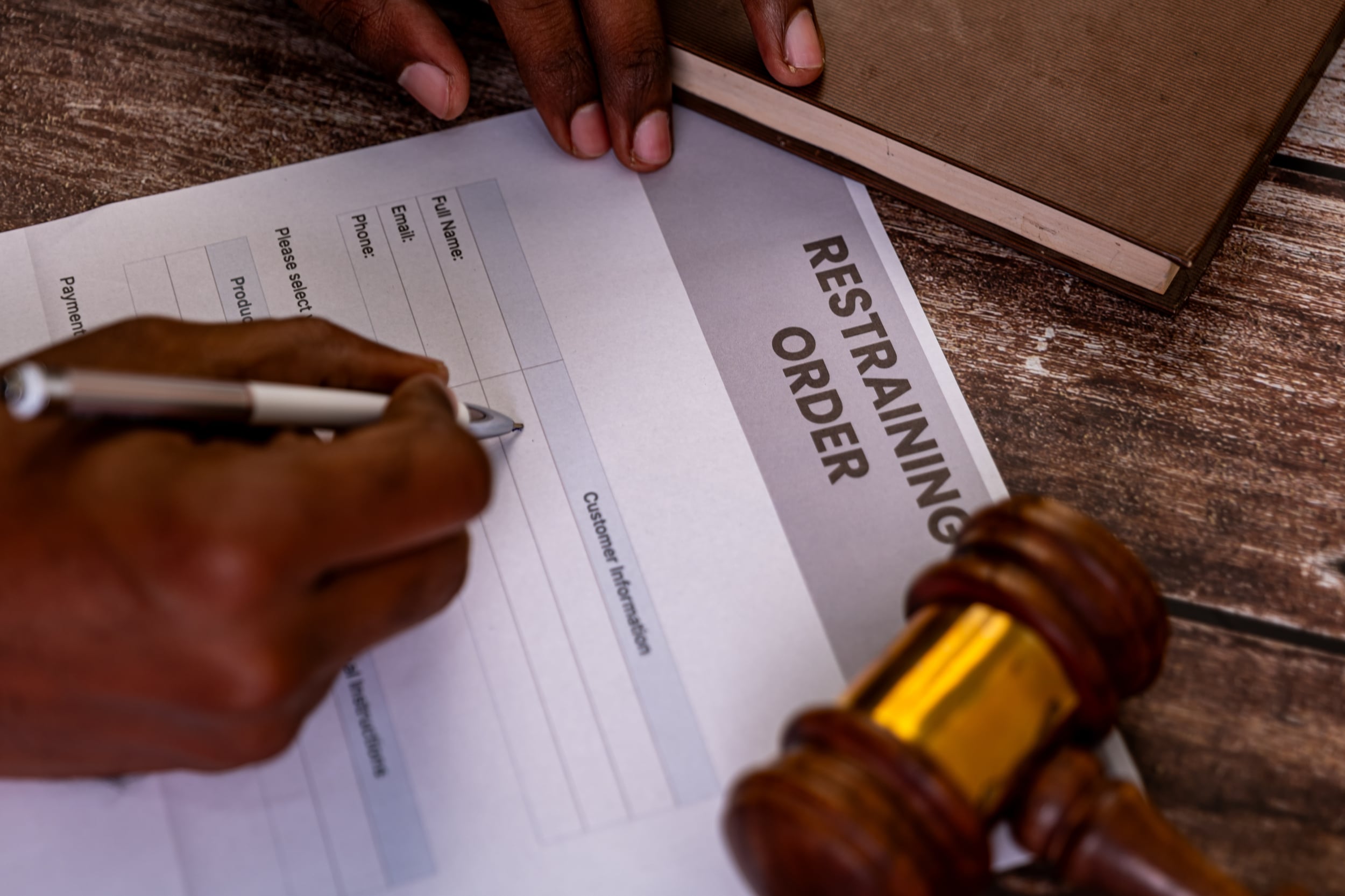
When “Letting It Go” Isn’t an Option
But how do you begin starting a lawsuit in California the right way — without getting lost in legal jargon, deadlines, or costly missteps? In this blog, we’ll walk you through the process clearly, step by step.
Not every problem in life can be solved with a handshake or an apology. Sometimes, you’ve been wronged — financially, emotionally, or physically — and the damage is too significant to ignore. Whether it’s a business deal gone bad, a landlord refusing repairs, or a contract breach that’s costing you thousands, there comes a point when you need to take formal action.
That’s where a civil lawsuit comes in.
What is a Civil Lawsuit?
A civil lawsuit is a legal dispute between two or more parties where someone is seeking compensation or action — not criminal penalties. Common types of civil cases in California include:
- Breach of contract
- Property damage
- Landlord-tenant issues
- Employment disputes
- Personal injury claims
The person filing the lawsuit is called the plaintiff, and the person being sued is the defendant.
Step 1: Confirm You Have Legal Grounds
Before jumping into legal paperwork, ask yourself:
- Is there clear harm or damage?
- Can it be proven through evidence?
- Have I tried resolving this outside of court?
Courts in California expect that you’ve attempted reasonable communication or mediation before filing. Without a legitimate legal claim, your case may be dismissed early — wasting time and money.
Step 2: Know Where to File Your Lawsuit
California has different courts for different case values:
- Small Claims Court: For disputes under $10,000 (for individuals)
- Limited Civil Court: For disputes between $10,000–$25,000
- Unlimited Civil Court: For disputes over $25,000
Filing in the wrong court can lead to rejection or delays, so it’s important to determine the correct venue based on your case value.
Step 3: Gather and Organize Evidence
This is where preparation matters. Strong documentation gives your claim weight. Make sure to compile:
- Contracts, emails, messages
- Photographs or videos
- Financial records or bills
- Witness names and contact info
- Any communication attempts already made
Judges in civil court rely heavily on written or visual proof — not just verbal accusations.
Real-World Example: The Missed Inspection Case
In 2021, a California tenant sued their landlord for refusing to fix persistent mold, which led to health issues. Emails, inspection reports, and medical records proved the timeline and severity. The tenant won over $18,000 in damages.
This shows how clear documentation can make or break a case.
Step 4: File a Complaint
The complaint is the official document that begins your lawsuit. It outlines:
- Who you are suing
- What happened
- What compensation or action you’re asking the court for
You’ll also need a Summons, which informs the defendant they’re being sued and gives them a deadline to respond.
Both documents must be filed with the right court, and filing fees range from $30 to $435, depending on the court level.
Step 5: Serve the Defendant
Legally, you must notify the other party by having someone serve them the documents — either a process server, sheriff, or any adult not involved in the case.
This must be done within 60 days of filing. The court requires proof of service to proceed.
Step 6: Prepare for Response and Next Steps
Once served, the defendant has:
- 30 days to respond in most civil cases
- Several options: admit, deny, file a motion, or countersue
If they don’t respond? You can ask for a default judgment, where the court may rule in your favor automatically.
If they do respond, the case enters the discovery phase, where both sides share evidence and prepare for trial or settlement.
Step 7: Consider Mediation or Settlement
Most civil cases in California don’t go to trial. Courts often encourage mediation or informal settlements to avoid delays.
Benefits of settling:
- Saves time and money
- Offers more control over the outcome
- Keeps matters private
Many counties even offer court-sponsored mediation programs to help resolve cases early.
Step 8: Going to Trial
If no settlement is reached, your case goes to court. The trial could be:
- Bench trial: Decided by a judge
- Jury trial: Decided by a jury (less common in civil cases)
Both sides present evidence, question witnesses, and make legal arguments. Once concluded, the judge (or jury) gives a verdict.
Enforcing the Judgment
Winning your case is only half the battle. If the defendant refuses to pay or comply, you may need to:
- File a writ of execution
- Garnish wages
- Place a lien on their property
Enforcement can take time — and may require additional legal help.
Why Legal Guidance Matters
Starting a lawsuit in California without understanding the rules, timelines, and documentation requirements can hurt your case. A skilled attorney helps you:
- Avoid errors in filing
- Stay ahead of deadlines
- Build a compelling legal strategy
- Increase your chances of fair compensation
Even if you don’t hire one long-term, consulting early can protect your interests.
Step In with Confidence, Not Confusion
Lawsuits can feel overwhelming — but they’re often the only way to get justice when other efforts fail. Starting a lawsuit in California the right way means being organized, informed, and proactive from the beginning.
Whether you’re seeking damages, protecting your rights, or holding someone accountable, don’t rush — prepare wisely.
Ready to move forward?
Get legal clarity and support before filing. Speak to a California civil litigation attorney and protect your next move from unnecessary setbacks.





